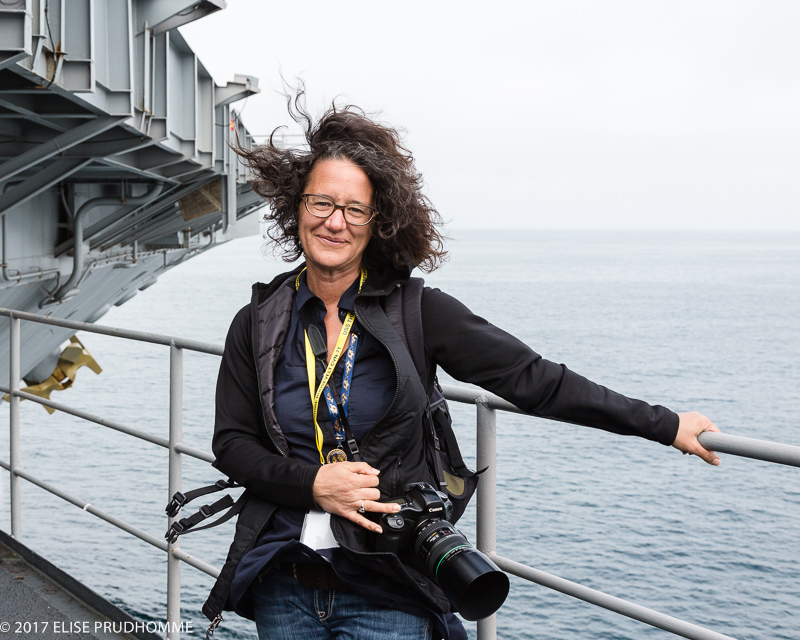
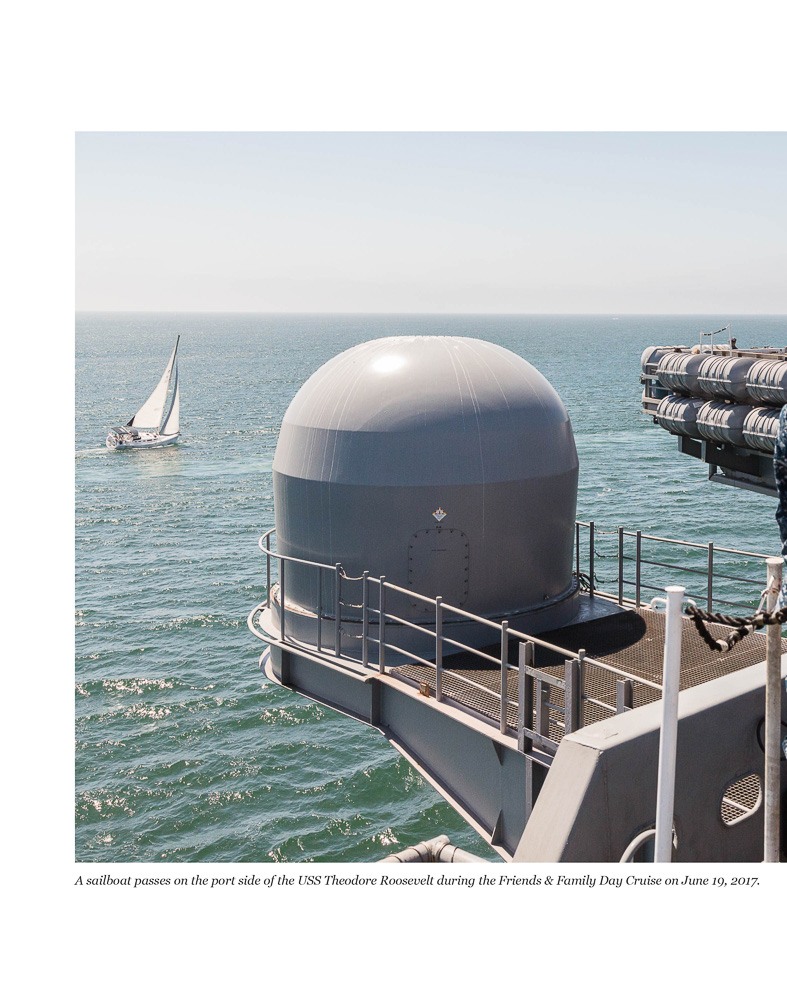

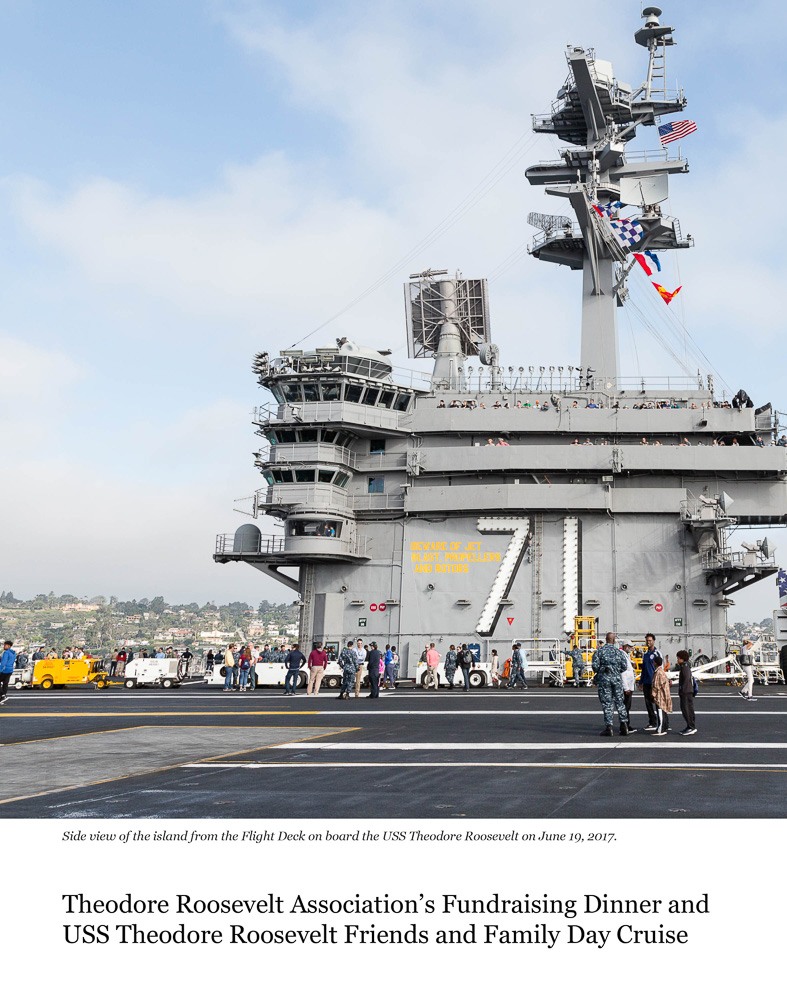

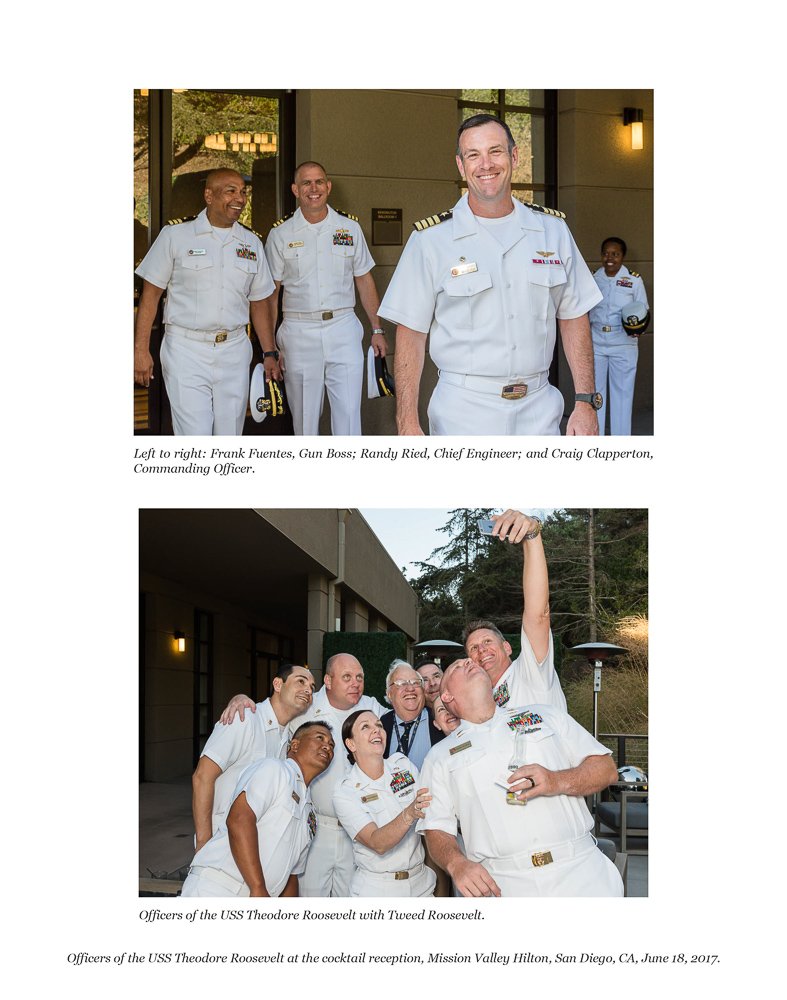

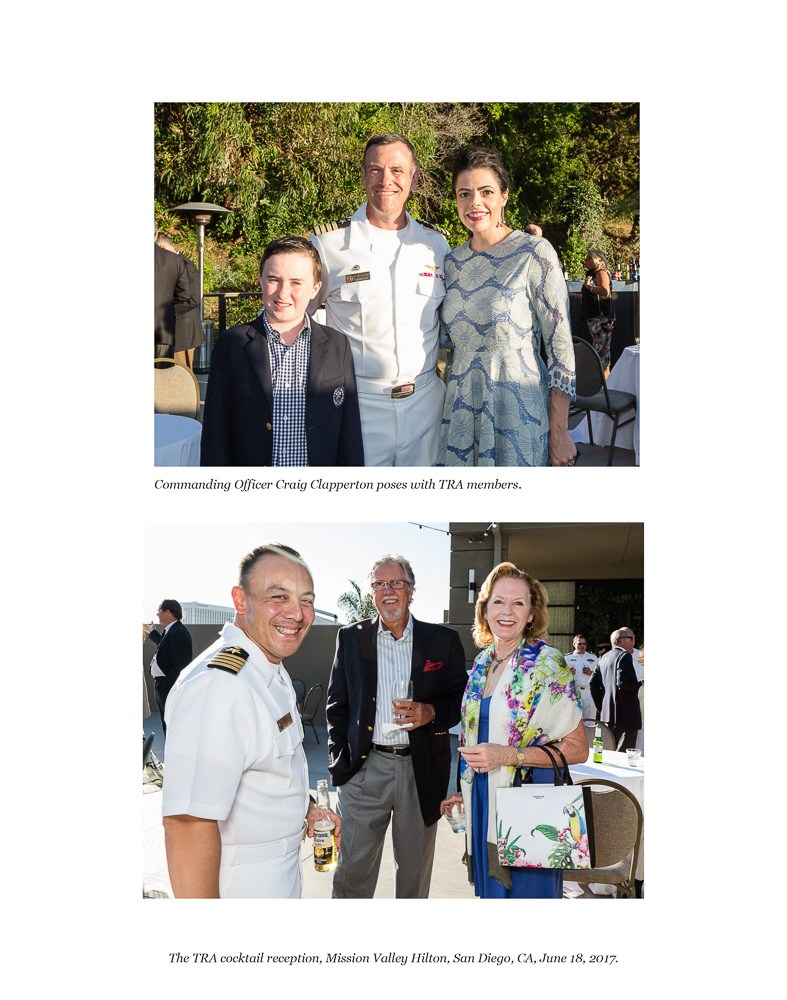


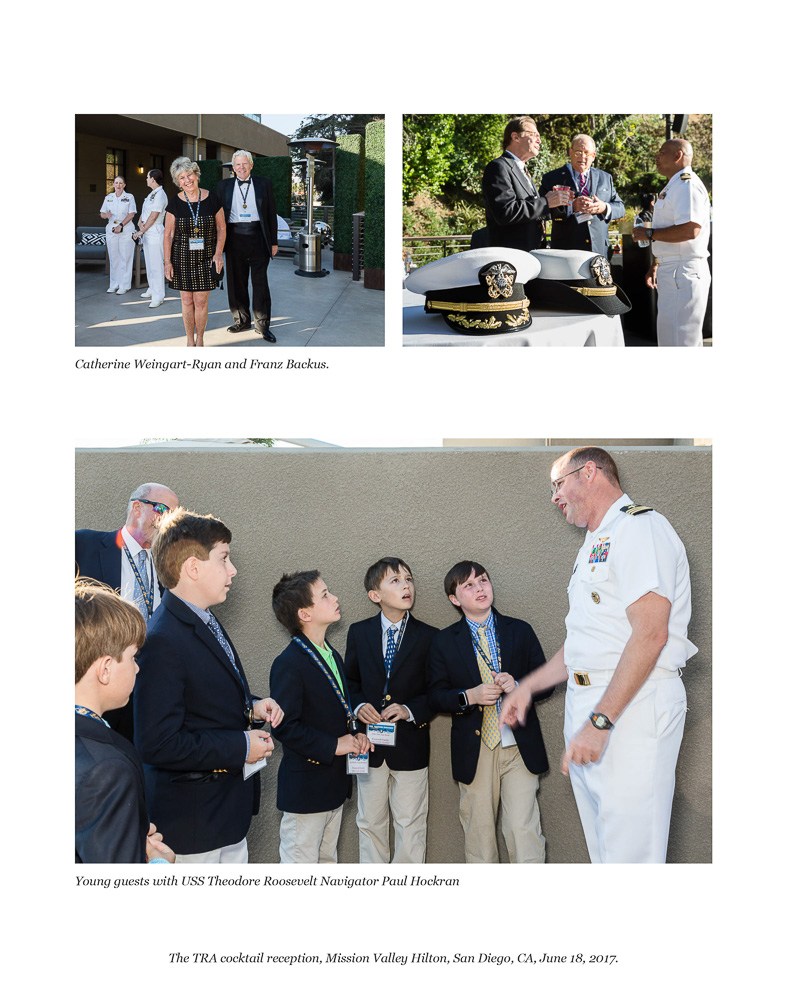
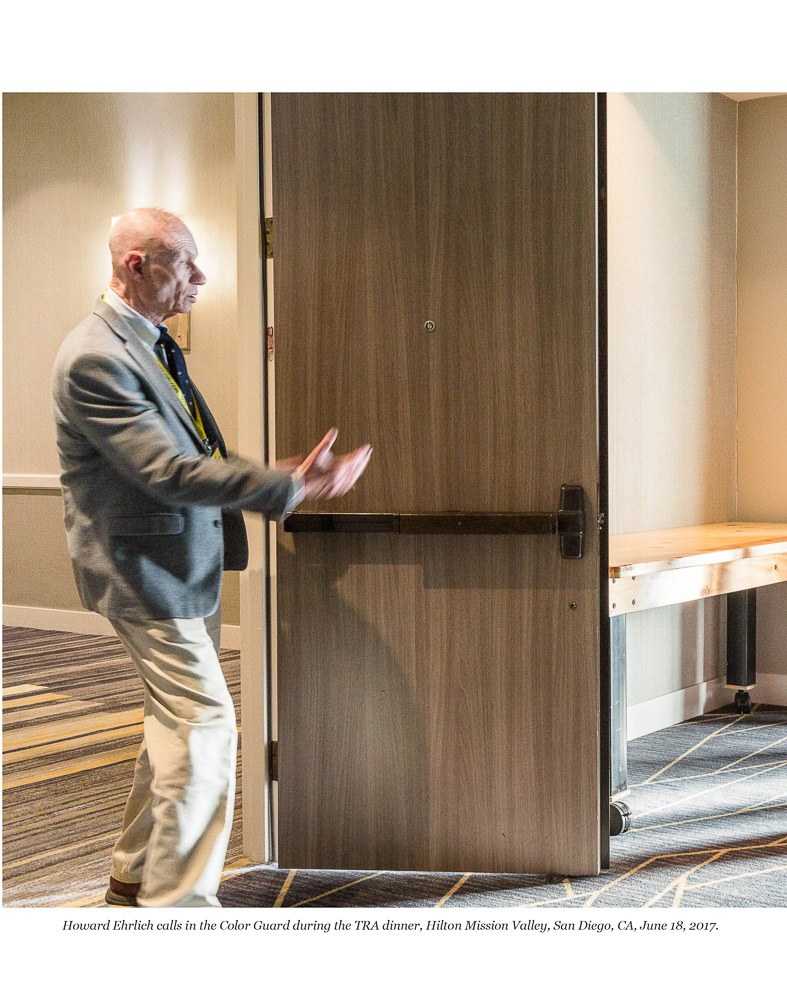
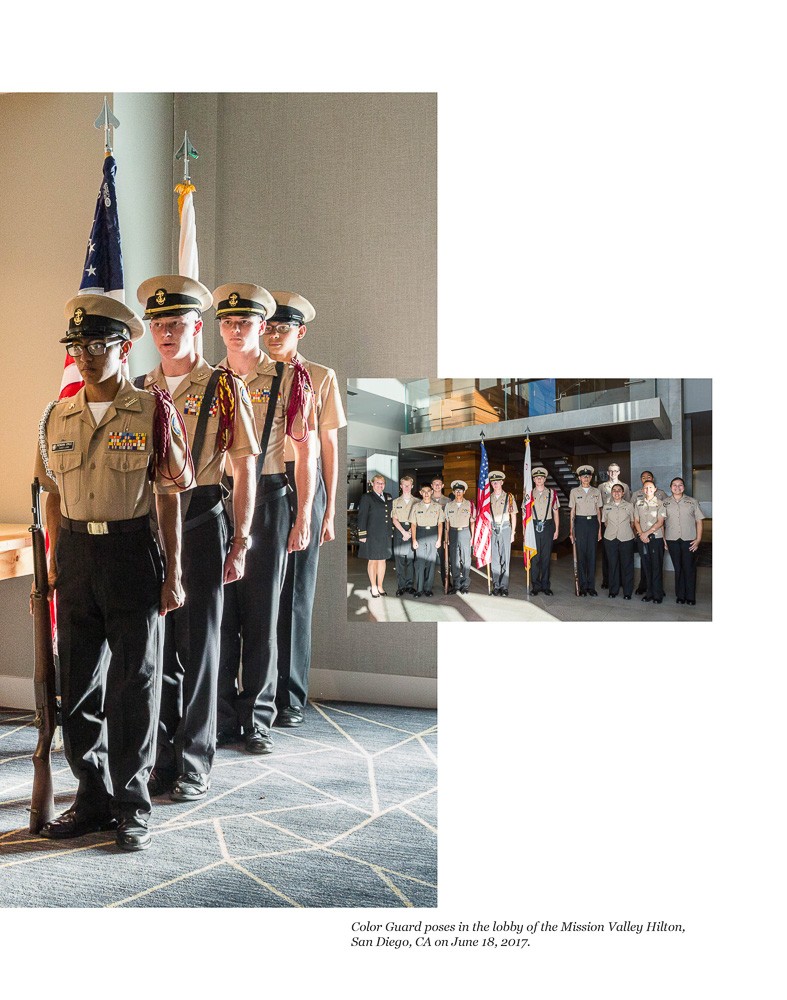


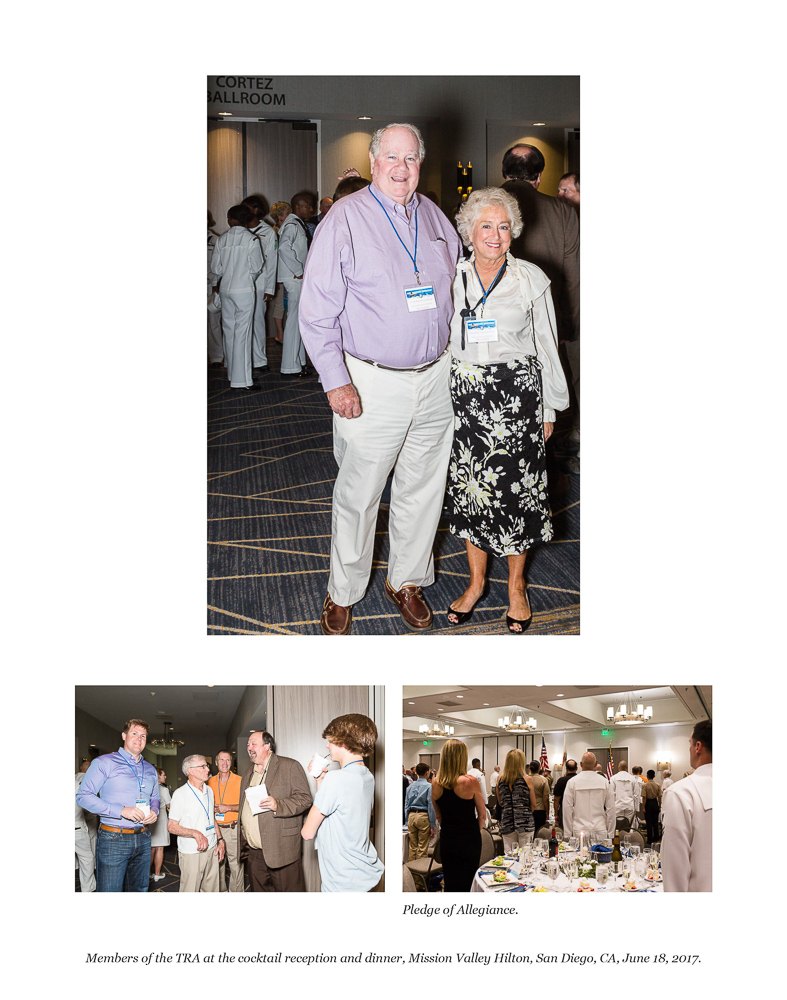
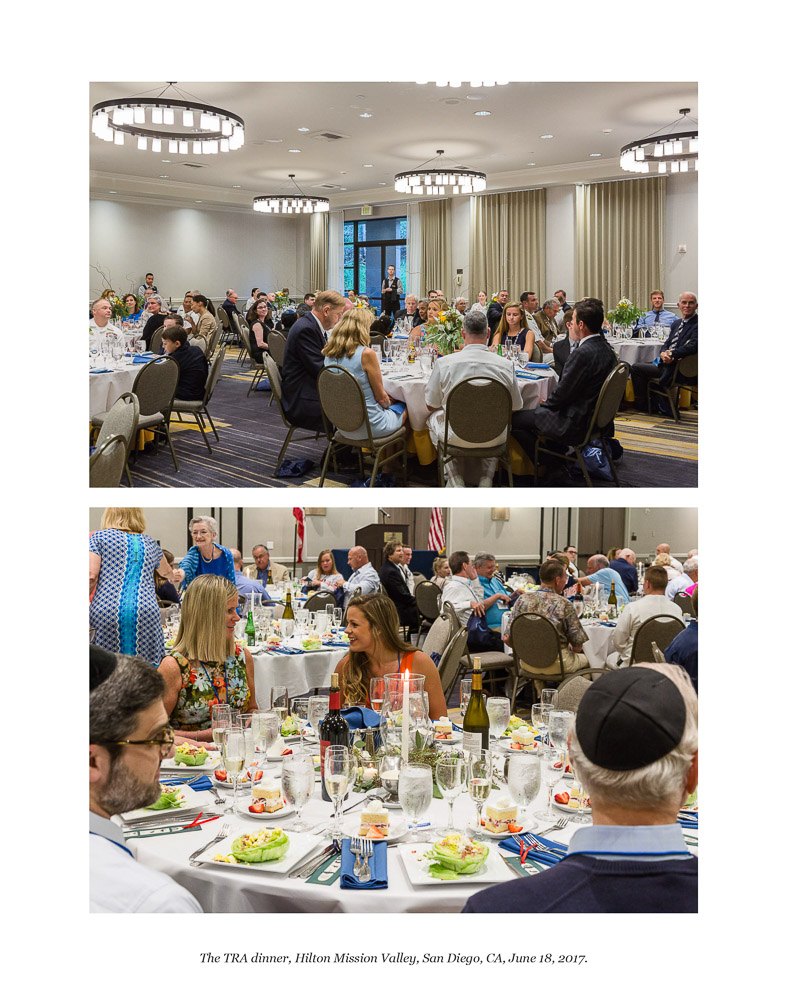
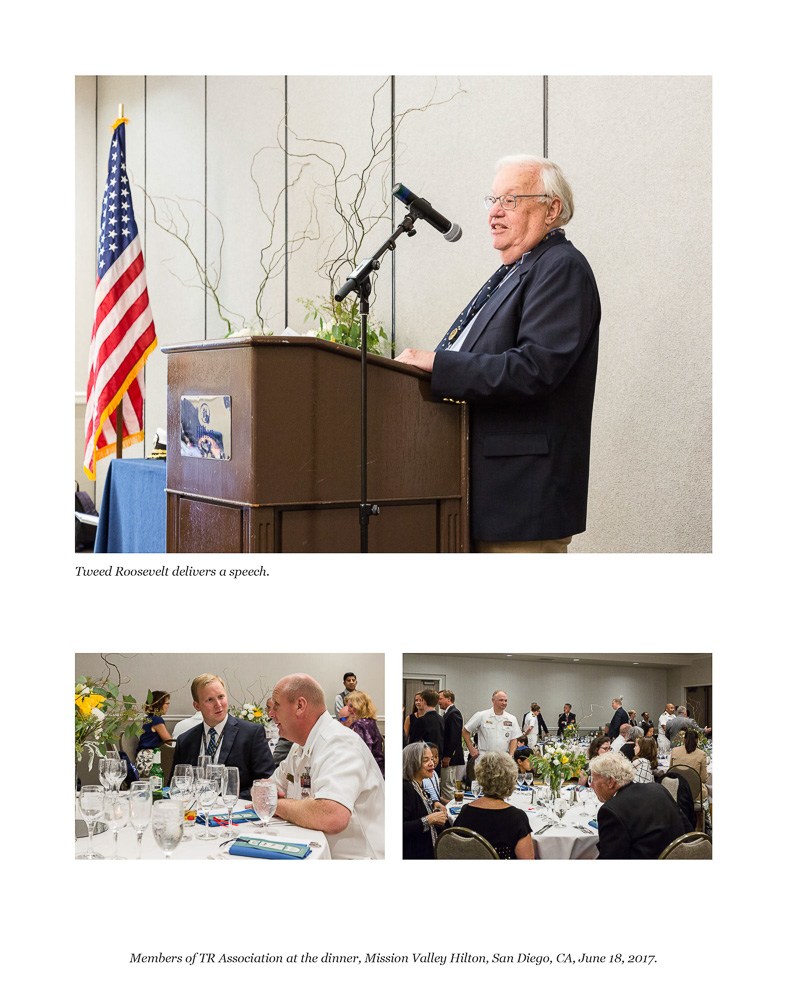
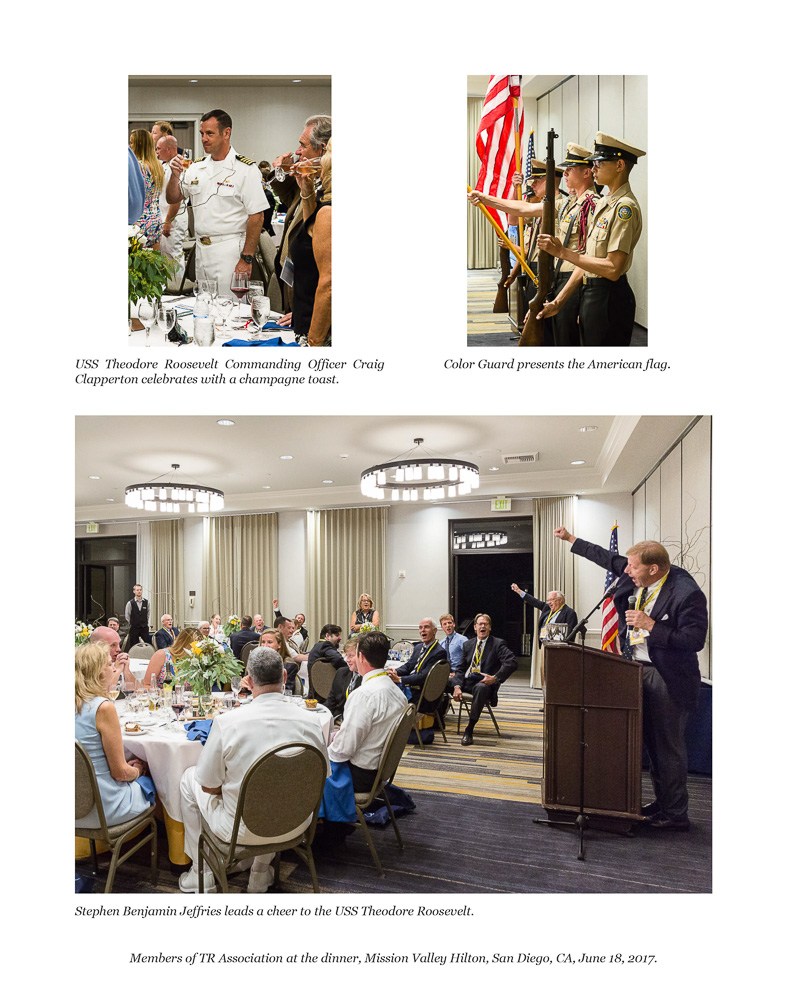

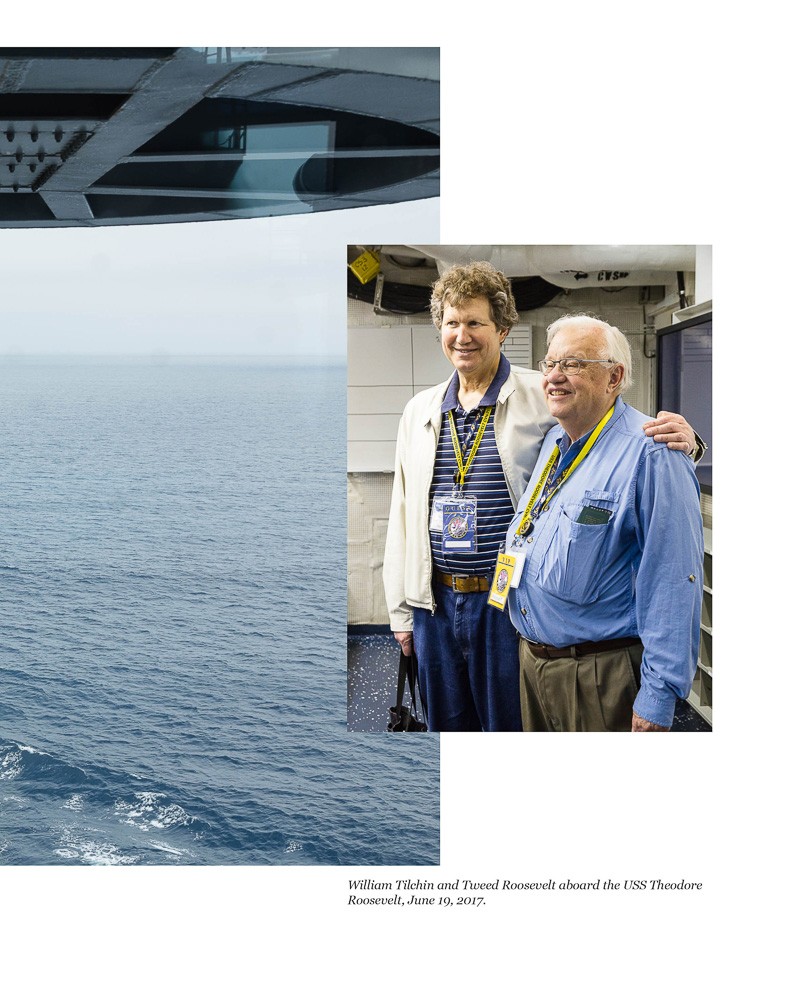




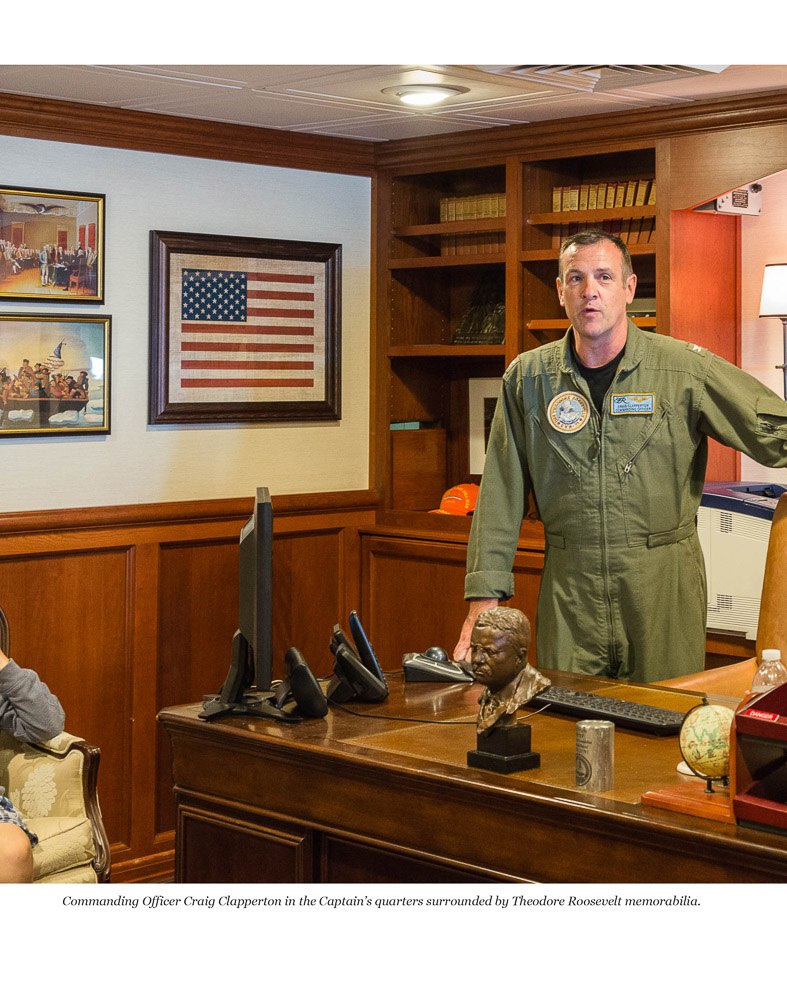

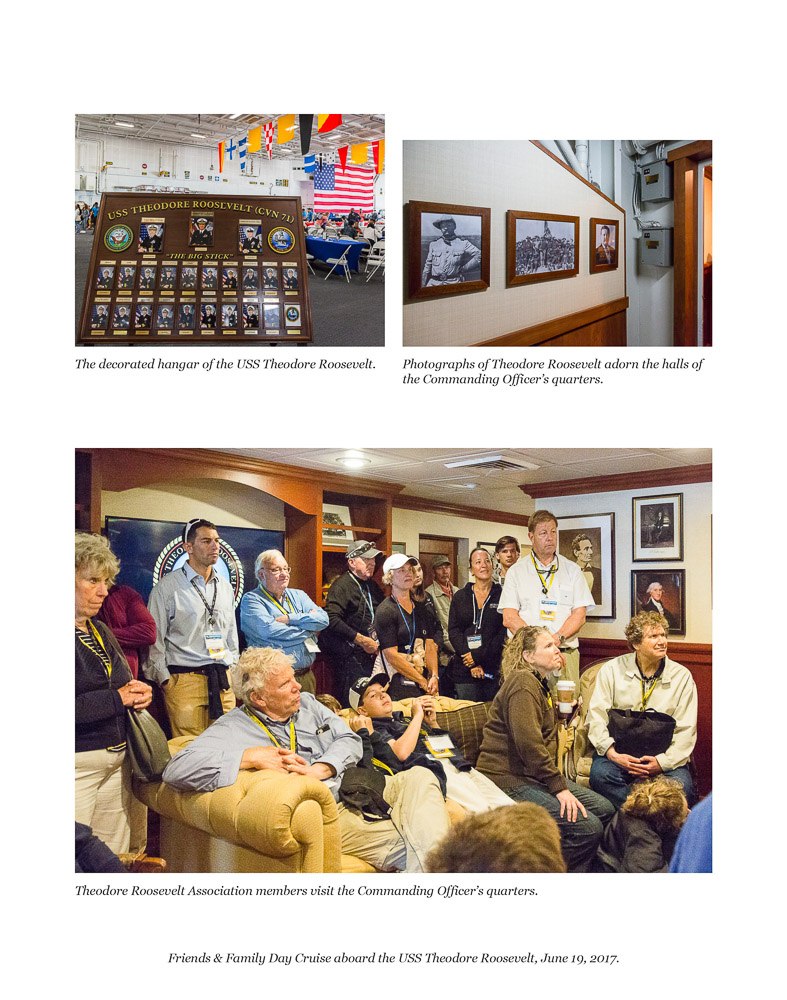


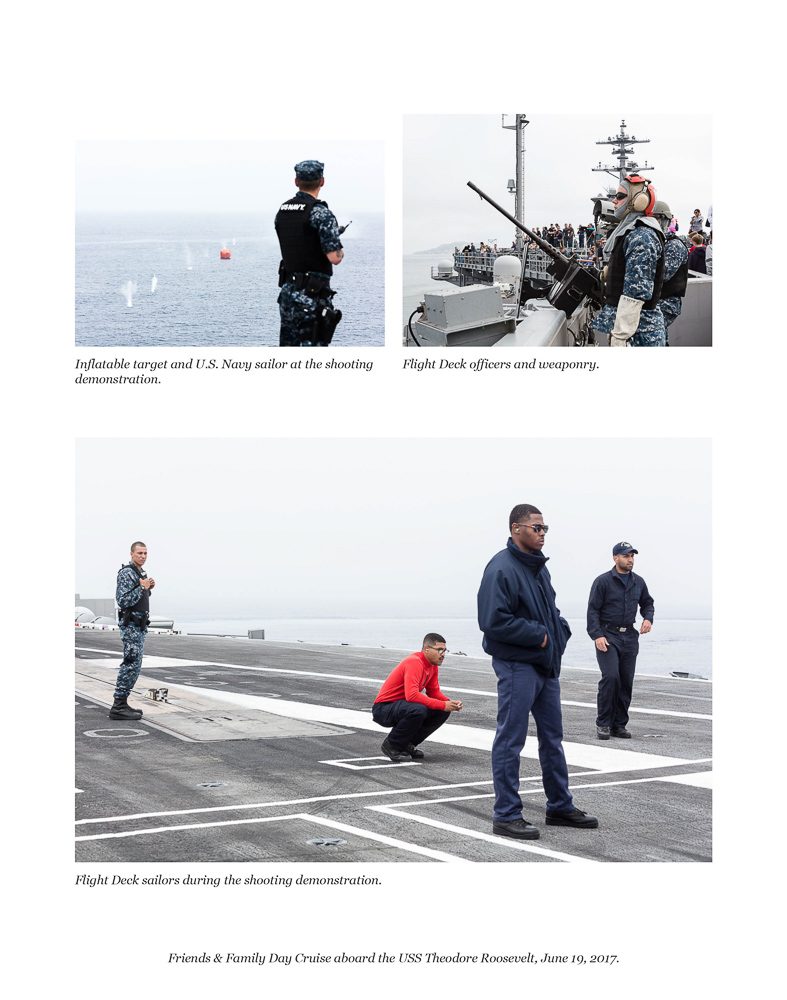
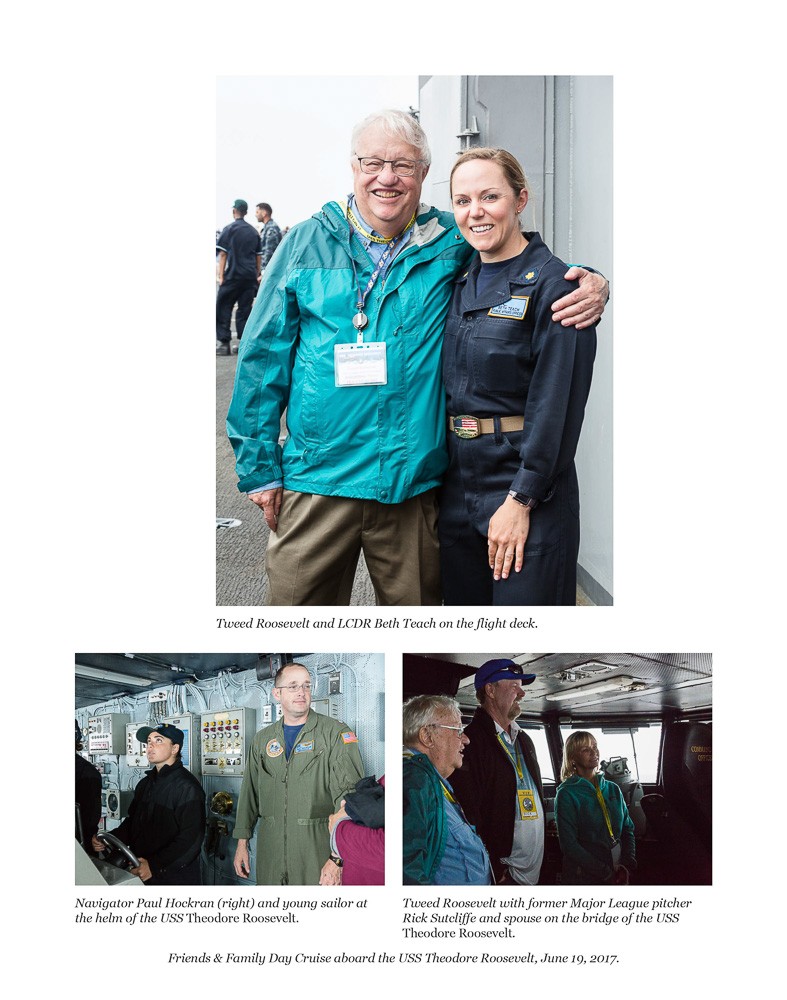
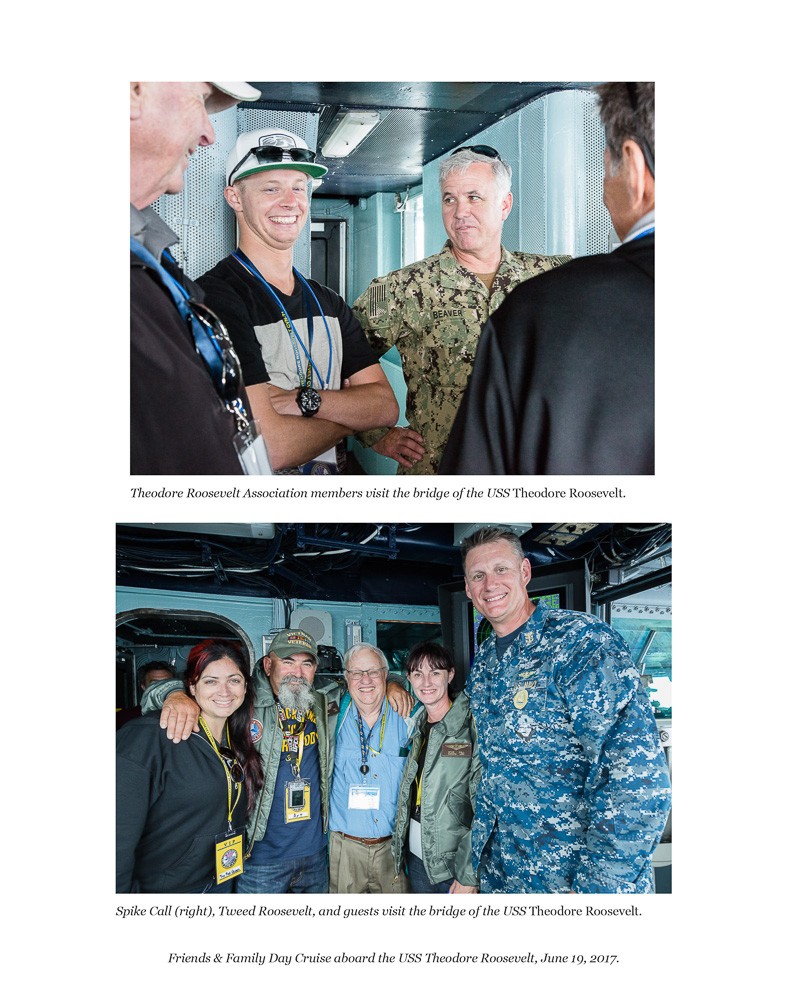

Theodore Roosevelt Association Fundraising Dinner and Cruise on the USS Theodore Roosevelt
The Theodore Roosevelt Association published this 30-page spread in their Winter-Spring-Summer 2017 Journal. This exceptional professional opportunity was handed to me by Tweed Roosevelt, the great-grandson of Theodore Roosevelt, when he hired me to photograph the annual Theodore Roosevelt Association fundraising dinner in San Diego followed by a day-cruise in the Pacific aboard the USS Theodore Roosevelt. The TR Association visits the nuclear aircraft carrier every 8 or 9 years, so this event was clearly not to be missed.
The fundraising dinner took place in Mission Valley and officers of the USS Theodore Roosevelt were invited. Thus, before even boarding the vessel, members of the Theodore Roosevelt Association got a glimpse of the U.S. Navy in full splendor.
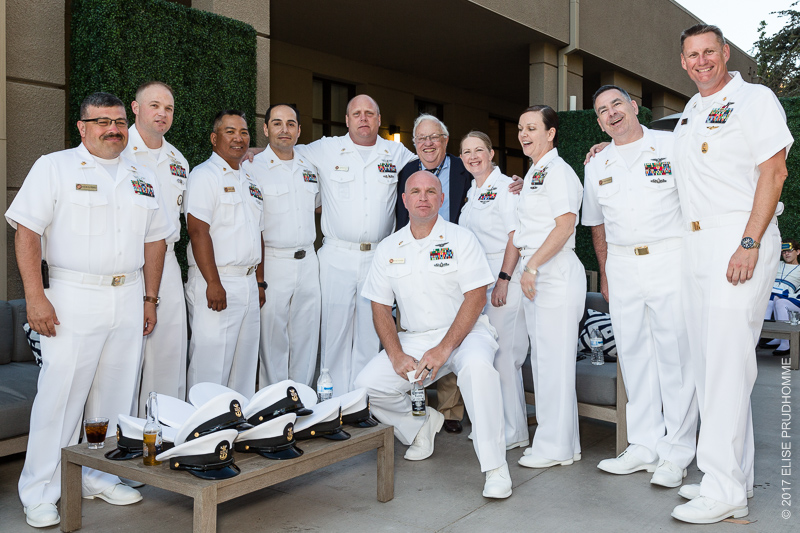
From the Commanding Officer to the sailors, the crew of the USS Theodore Roosevelt was open, warm, friendly, and totally human. Meeting with this team off-duty was a real treat for guests who were curious to learn more about their job and experience in the Navy. Highly qualified specialists in many fields, this crew seamlessly communicated with everyone including a small group of youngsters eager to figure out if they could hack into the ship’s computer system! The ship’s Navigator Paul Hockran gave them a run for their money on that subject.
I covered two cocktails and two dinners simultaneously and especially enjoyed the presentations of the American Flag by the Color Guard. The evening ended on an upbeat note with a celebratory ‘hip-hip hooray’ for the ship and a speech by Tweed Roosevelt reminding guests that buses left at 5am the next morning for the naval base on Coronado.
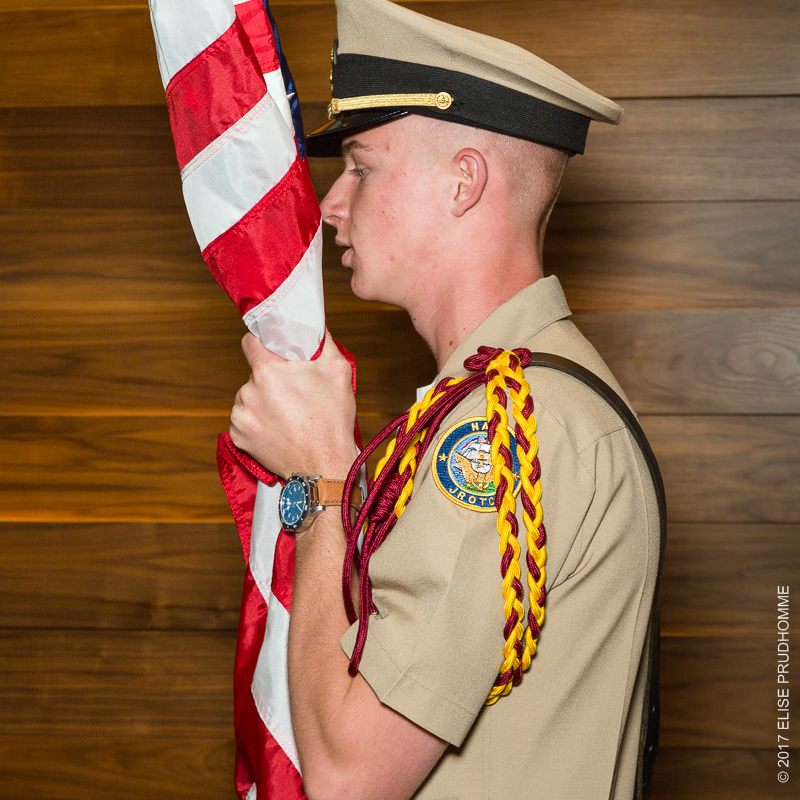
The next day (which started as announced at 5 am on the dot) was a memorable experience aboard one of the most powerful and complex ships that mankind has ever constructed.
The Nimitz-class carriers are, and have been, the backbone of U.S. military power since the 60’s when Secretary of Defense Robert McNamara decided to switch to nuclear power for future warships on the premise that they incur lower operating costs over their service lifetimes. This has proved to be the case: the service life of the ten Nimitz carriers that have been built over a thirty-year period extends through the 2050’s, or 80 consecutive years. Another benefit to nuclear powered carriers is speed and maneuverability; the ships move at over thirty-knots, accelerate and decelerate faster than a conventional ship and can cruise indefinitely.
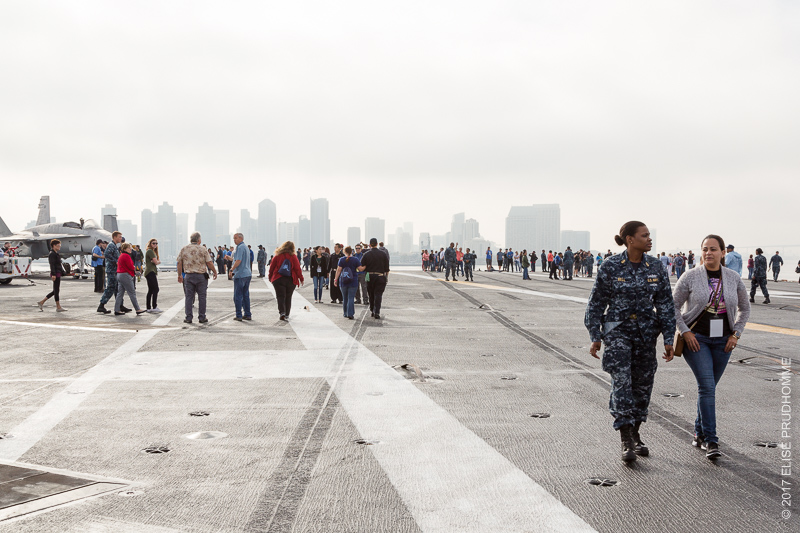
Launched in 1984, the USS Theodore Roosevelt is the fourth Nimitz-class carrier and the first to be built using modular construction whereby components were constructed separately and welded together. Known affectionately as “The Big Stick”, her radio call sign is Rough Rider, the nickname of President Theodore Roosevelt’s volunteer cavalry unit during the Spanish-American war. The ship weighs approximately 97,000 tons without the habitual six dozen high-performance aircraft and 120,000 tons with. It is a veritable floating city run by 5,000 sailors and runs an impressive gamut of multi-missions from military defense, disaster relief and humanitarian aid, surveillance and intelligence to naval and coastal security.
Representing a 10 billion dollar investment, U.S. aircraft carriers are considered lucrative targets by military experts; however, visitors aboard we were reminded of the formidable aspects which make aircraft carriers difficult to attack. Displacing 100,000 tons of water while constantly moving when deployed, carriers can outrun submarines. Finding and tracking them is difficult as they are covered in roughly 200,000 gallons of special undetectable gray paint which makes the carrier look like a sailboat on a radar. We spent all day climbing ladders to the 25 decks (250 feet high in total) and walking through watertight compartments and were told that conventional torpedoes were unlikely to pierce through the thousands of tons of armor. The vessel was towed out to sea, but following close in its wake were several armed high-speed boats and a military helicopter. Sailors on the flight deck were armed at ready throughout the day.

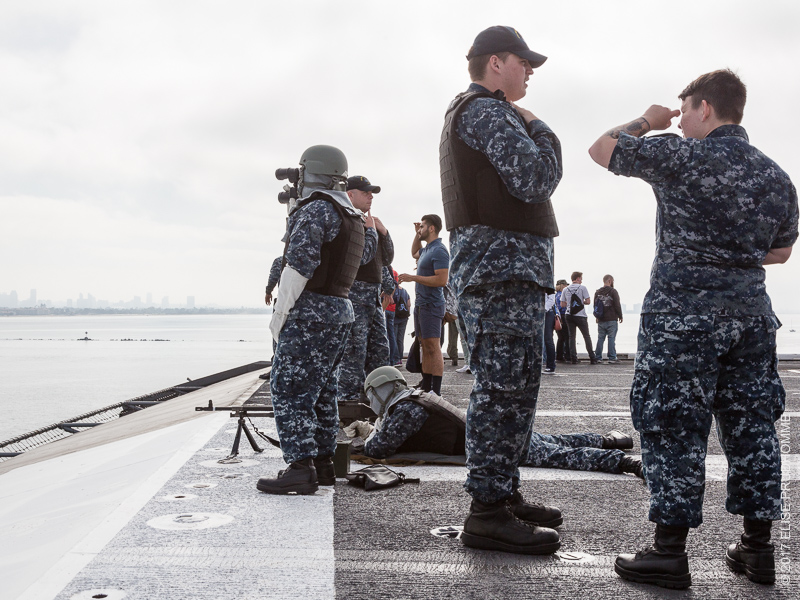
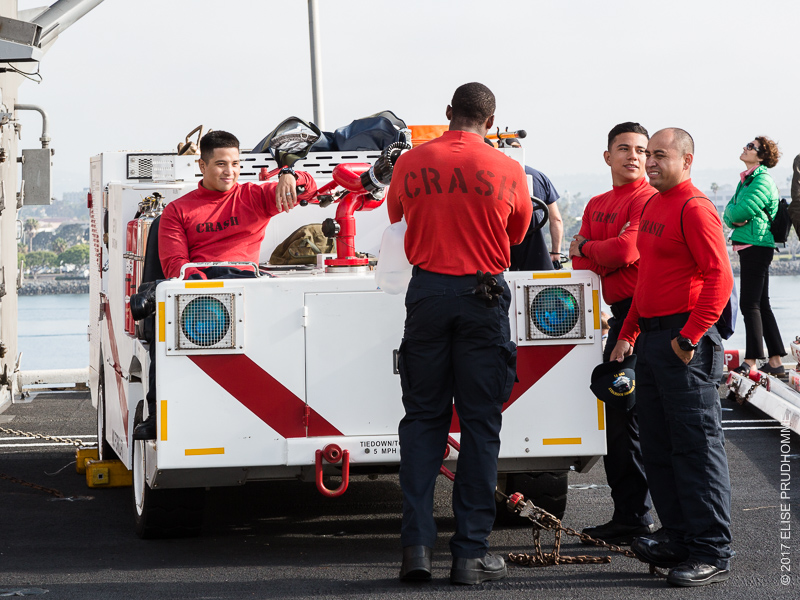

Carriers typically deploy as part of a “carrier strike group” which includes several missile-guided warships, helicopters and other multi-layered defensive shields working together through a very sophisticated combat system called Aegis.
Of course, an aircraft carrier is only as formidable as the efficiency and professionalism of the crew running it. I had the exceptional opportunity of meeting Commanding Officer Craig Clapperton, who took command of the USS Theodore Roosevelt in 2015. Captain Clapperton really impressed us with a thorough presentation of the ship and its operations during a private tour of the Captain’s quarters where the considerable collection of Theodore Roosevelt items (letter, photographs, bust, paintings…) contributed to the ambiance of the ship’s namesake.

Since our visit, Clapperton has been named Commander of the Naval Air Force (CNAF). At the Change of Command ceremony, Captain Clapperton who called his crew the “Rough Riders” said of his team: “The challenges this crew has faced over the last two years are truly extraordinary,” he said. “The men and women of Theodore Roosevelt are exceptional warriors and leaders. Their hard work made our Navy readier and made the world a safer place. I feel truly privileged to have had the opportunity to serve as the commanding officer of the Big Stick and to operate with this incredible team.”

TR Association members were moved by the kindness and dedication of the crew who showed us around the ship and explained their diverse roles aboard a self-sufficient vessel capable of staying out to sea for months at a time. The intricacy of operations aboard from daily life to maneuvers on the bridge was shown to us. I spent considerable time on the bridge with Tweed Roosevelt and was amazed at how many people were in operation at the same time, including a very young female sailor who was at the helm.
At the end of an exhausting but stimulating day, I was amused to discover a small intriguing museum dedicated to Theodore Roosevelt right next to the hangar and Bully the Moose; a taxidermy feat since Bully’s antlers were apparently reduced down in size to fit into the allowable space on the ship! Having just met major league baseball player Rick Sutcliffe on the bridge with Captain Clapperton, I left the USS Theodore Roosevelt satisfied that it had been an All-Star day.
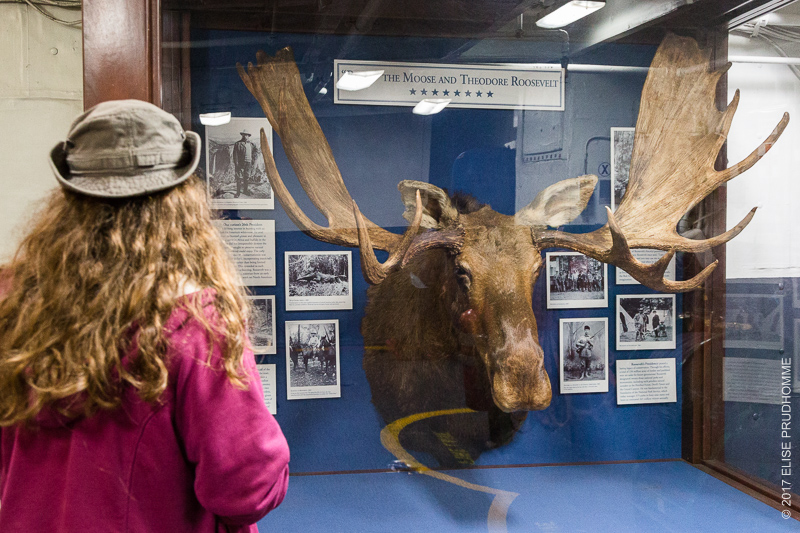
Share this Post

